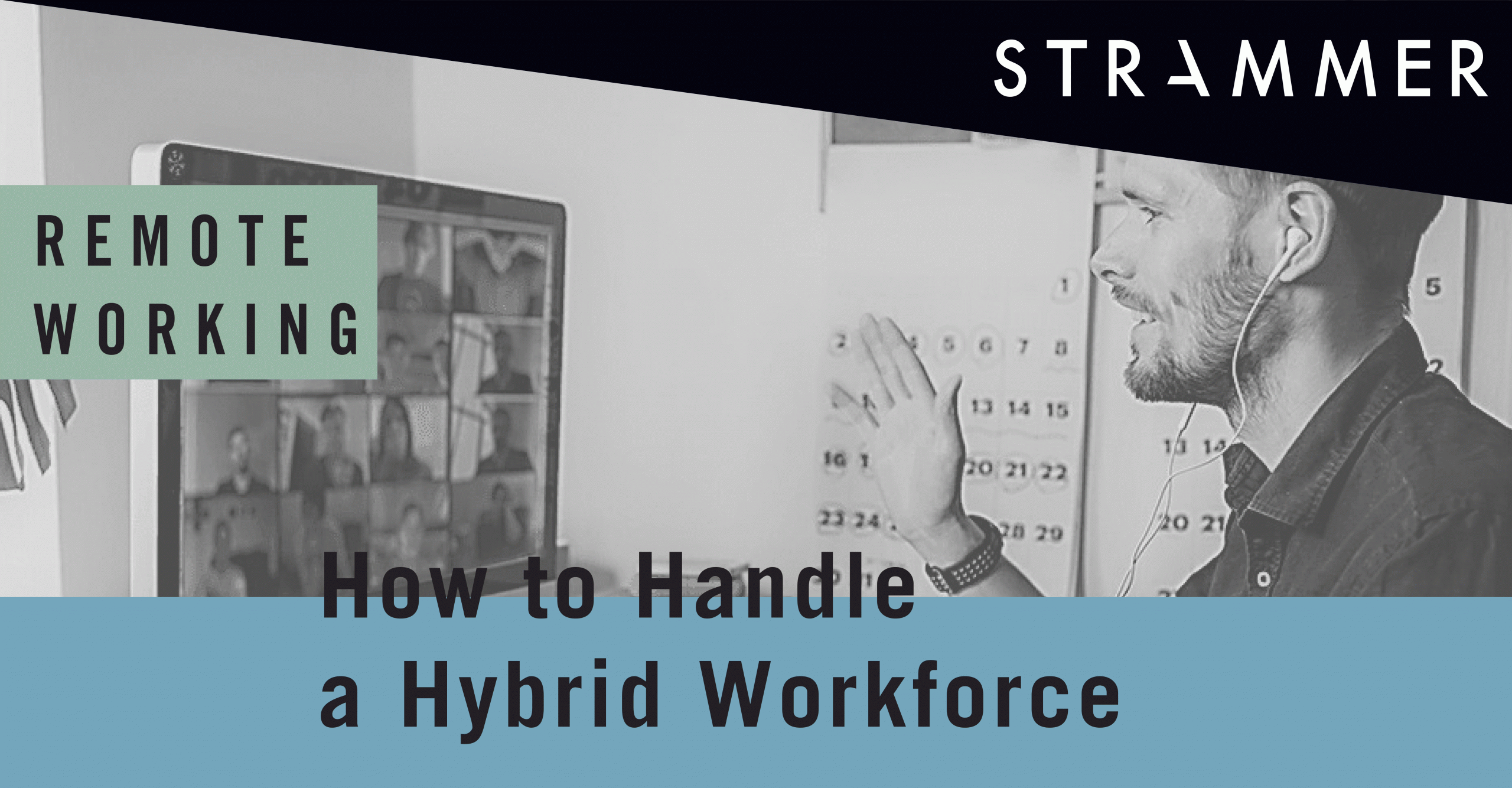Managing a Hybrid Workforce
Research shows that the trend of remote work was steadily progressing even before the Coronavirus crisis, with a 15% increase in the last two years. However, the crisis drastically increased the necessity of efficient remote working teams, as it is still practiced by a large percentage of the workforce. In addition, a combined workforce can provide an edge in Talent Acquisition, with the possibilities for businesses to improve efficiency, encourage growth and cut expenses.
As businesses continue going back to the office, Human Resources must successfully navigate a hybrid mixed staff, composed of workers operating from home and in-situ employees moving to recently re-opened locations.
The most important part in a hybrid workforce is to ensure proper communication is maintained, especially since it is divided in locations. This can be a challenge because of the newness and unfamiliarity, and therefore can cause miscommunications and sometimes disruptions. Training and coaching sessions can be a great way to facilitate and to ensure that everybody is aware of HR protocols for health and safety, accessible materials, regulations, or other necessary information. Subsequently, introducing employees who need to be in contact with each-other beforehand can be a great way to ensure good future collaboration.
Another grievance employees may have is to adjust to going back to work or continuing to work from home when the majority of their colleagues are in the office. Remote work gives employees flexibility but not a direct link with the workplace. Those in the office have the benefit of being a part of a vibrant company culture, improved engagement and have access to help from colleagues quickly. Therefore, it is crucial to find harmony between the two ways of working to support the employees and ensure that the entire workforce feels appreciated and taken care of. For example, for the remote workers, offering a modest stipend for the purchase of headphones, or laptops can be a great incentive. Similarly, the on-site employees could benefit from a more flexible schedule rather than conventional hours. This will additionally improve their familiarity with each-other’s schedules, causing less miscommunications and disruptions. Therefore, HRs and employees’ time and efforts can be invested in productive sessions such as coaching and training.
While the act of managing a hybrid workforce may seem challenging, it is up to Human Resources to give support to employees and be the ones responsible for the re-boarding process. Therefore, it is now more important than ever to strategize and then implement these efforts to facilitate this new structure of working.
References:
- HR Tech Influencer tips: Managing the new ‘blended’ workforce, July 7, 2020, HRExecutive.
- How To Prepare Your Business For A Hybrid Workforce, June 26, 2020, Forbes.





